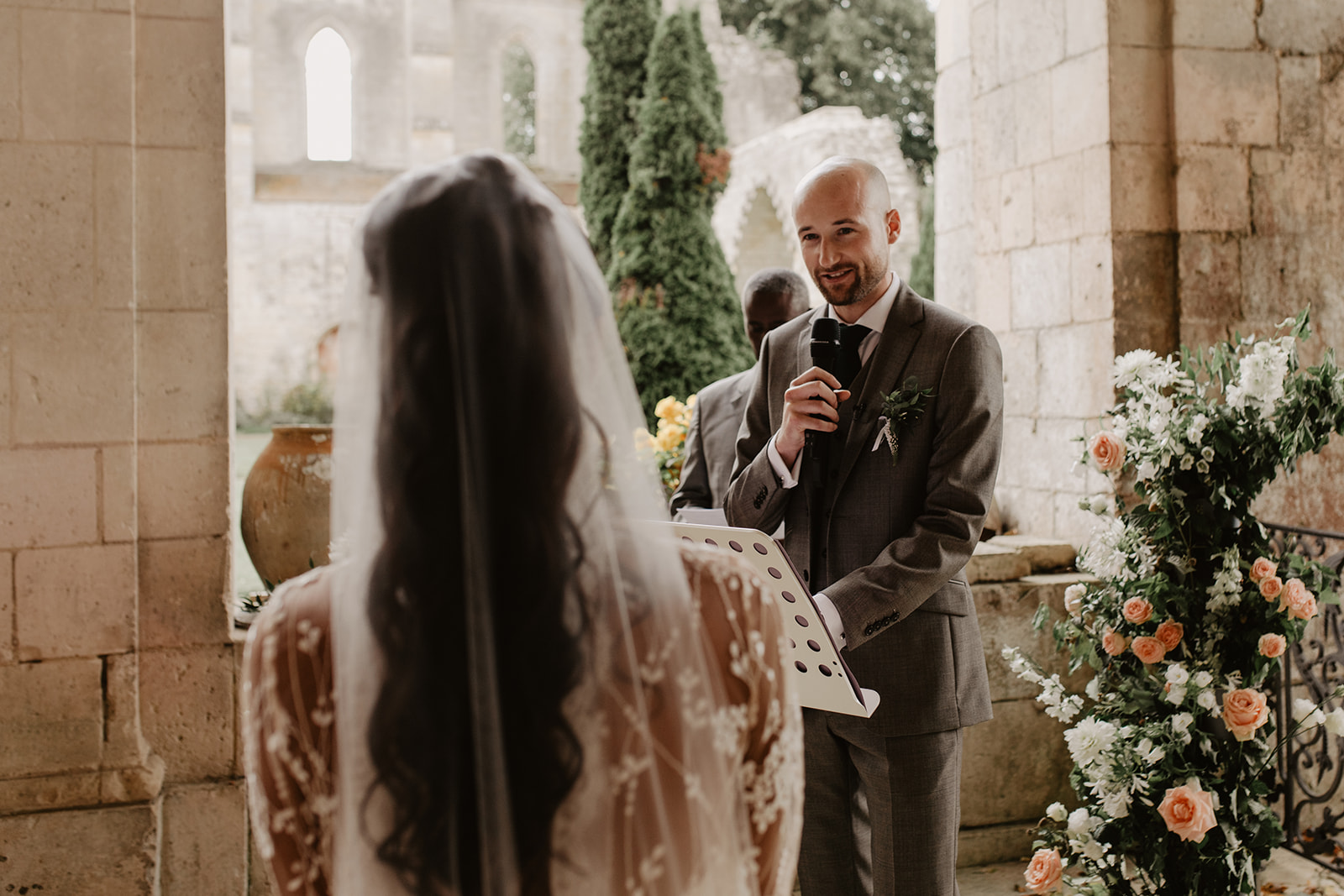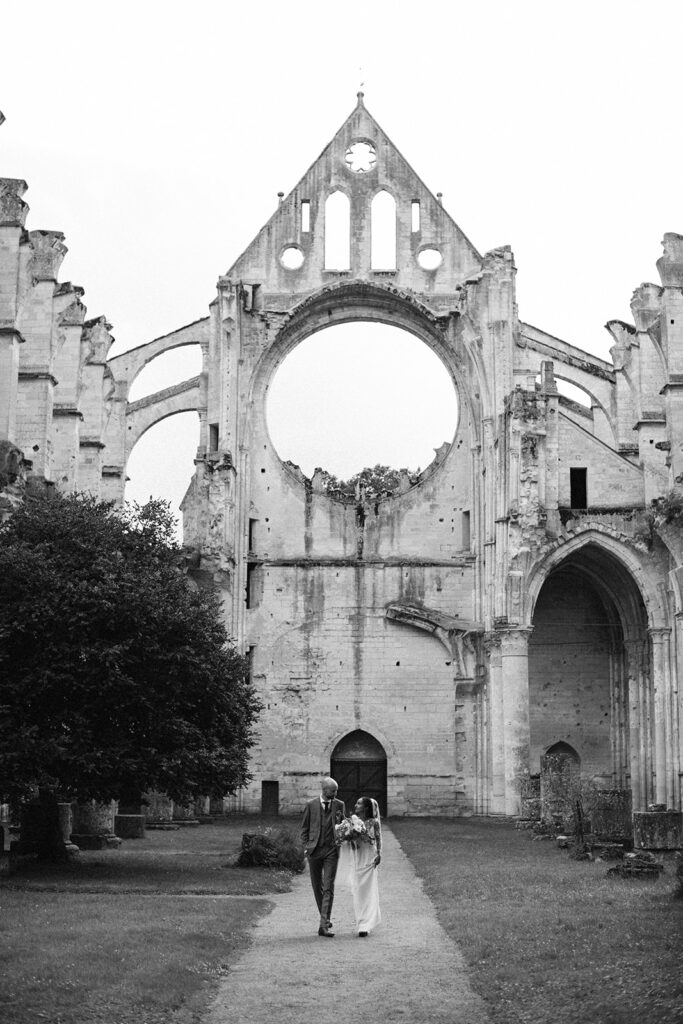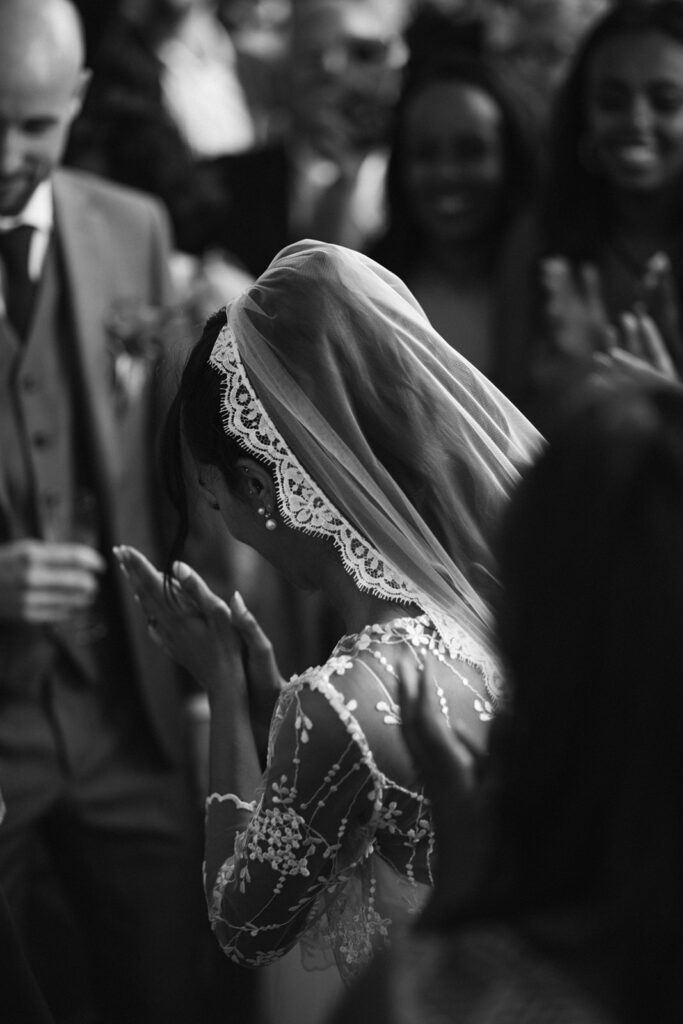What Makes a Ceremony Truly Emotional and How to Design It
A wedding ceremony isn’t just the formal beginning of the day: it’s the moment that gives it its full meaning.
Before the toasts, the dancing, and the beauty captured in photos, the ceremony is the moment when the couple, their families, and their guests come together around a silent truth: something is about to change forever, and that something is about love.
And yet, when it comes to planning, the ceremony is often the least developed part.
Let’s change that!
Ceremony as a Foundation
In every culture, ceremonies mark transformations, a passage from one state of being to another. A wedding is no exception. It’s not just a celebration of love, but the public acknowledgment of a bond that transforms into commitment, and a private promise that takes shape.
A ceremony is powerful when it’s grounded. Grounded in your story, your intentions, and your way of being in the world. This grounding allows emotion to emerge because what is said, sung, or promised comes from reality.
A ceremony isn’t just about following a script. It’s about shaping a space—physical, emotional, spiritual—where your union can take root.
Music That Carries Emotion
Music is more than just background music. It’s a language that precedes and follows the words.
The music chosen for a ceremony doesn’t have to be grandiose. But it should ring true. It should evoke emotion, both in you and your guests. The notes that fill the air as someone walks down the aisle aren’t just sounds: they carry the space, accompanying each step. They immerse everyone in the full experience of that moment.
Live musicians offer something rare: they can follow the moment, adapt to the emotion, and mirror your breathing. But recorded music, if chosen carefully, can be just as intimate.
Ask yourself: what sounds express your roots, your life together, your vision, or the strong bond that unites you?

©Alchemia wedding
Let the Ceremony Breathe
So many ceremonies are rushed. The entrance, the readings, the vows—everything is piled up too tightly, like pages turned too quickly in a book you really want to savor.
To make space for emotion, create literal space. A ceremony doesn’t need to be long to be meaningful, but it does need rhythm. Breathing space. Transitions.
Silence isn’t a void; it’s a receptacle. One that holds what you feel but can’t express it.
Our tips: Build your ceremony, thinking of a conversation you don’t want to end, and give the ceremony the same rhythm.
Words That Mean Something
In a world saturated with Instagram vows and generic readings, meaning is born from specificity. Not what “should” be said, but what only you can say to yourself and your loved one.
What have you already built? What do you hope to protect? And what are you truly promising?
These questions, answered aloud or silently, are the true content of the ceremony.
And for those speaking—the officiant, a friend, a family member—let them confide through memory, not formality. A story well told, an image shared honestly, will always have more impact than perfectly polished prose.
Designing for Intimacy, Even in Grand Spaces
A ceremony doesn’t have to take place in a small room to be intimate. It can take place in a garden, a cathedral, or on the steps of a castle, and feel like a whispered conversation between two people.
Intimacy is a matter of scale, of course, but more importantly, it’s about intention: the proximity of your guests, what they see, and how the space holds energy.
Circular or semi-circular arrangements are helpful, as is lowering the flowers so that faces remain visible. But more than that, what creates intimacy is attentiveness: when your guests feel you’re not performing for them, but living the moment with them.


©Alchemia wedding
Meaningful Rituals
Rituals are powerful when they help convey the inexpressible.
A candle lit in silence, a scarf knotted between your hands: these gestures may transcend language.
Don’t include rituals because you’ve seen them somewhere.
Include them because they say something essential about who you are, your beliefs, and what you are building.
You can blend rituals from your cultures or create one entirely. You can decide that your ritual consists of doing nothing at all, but simply standing and looking at each other for a moment before speaking. Likewise, you can also do rituals with your guests.
How to Make It Yours
A meaningful ceremony doesn’t follow a set formula. It begins with a question: What do we want to feel, and why is it important?
From there, everything unfolds differently for everyone, and that’s the whole point.
Choose an officiant who listens more than they speak. A professional officiant can be a valuable ally in this process, even for symbolic or secular ceremonies. Their role isn’t just to speak, but to help you explore the meaning you want to give to this moment.
Integrate elements from your languages, your families, your shared daily rituals.
Don’t be afraid to do it simply and short. Sometimes the most moving ceremonies are the quietest.
Plan it not as a segment, but as the heart of the day, the moment from which everything else shines.
A good ceremony doesn’t seek to impress. She lets something real appear, then gives it space to stay.

About the Author

Marie-Svetlana Kadjo is the founder of a wedding planning agency dedicated to curating emotionally rich, detail-driven, and culturally mindful celebrations in Paris and the Loire Valley.
With over 13 years of experience leading teams and organizing complex projects — and a wedding planner since 2016 — she guides couples through every stage of their destination wedding journey with grace, precision, and intention.

